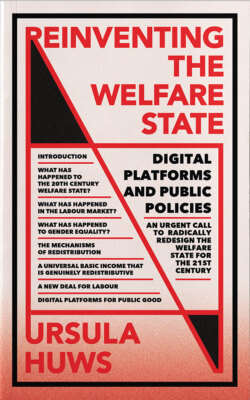Читать книгу Reinventing the Welfare State - Ursula Huws - Страница 13
На сайте Литреса книга снята с продажи.
THE MID-TWENTIETH-CENTURY WELFARE STATE: A CLUSTER OF CONTRADICTIONS
ОглавлениеIn retrospect, many of the demands raised by the radical ’60s generation that made their way onto political platforms in the 1970s have been collapsed by idealistic thinkers on the left into a fuzzy unity with those of the 1940s and 1950s – a sort of composite idea of the good old days before neoliberalism, when a post-Keynesian welfare state is presumed to have constituted an agreed consensus of minimum standards, upon which further progress could be built. Such a view glosses over the extent to which the third quarter of the twentieth century was marked by internal tensions and contradictions, some of which harked back to older tensions within the volatile assemblage of ad-hoc coalitions that has made up the British labour movement over its long and turbulent history.
One example is the tension between those, represented in the nineteenth century by followers of Ruskin and William Morris, who thought work should be meaningful and socially productive, and those whose goal was to put in the fewest possible working hours for the greatest possible reward – debates which resurfaced in the 1970s in discussions about Workers’ Alternative Plans and the Institute for Workers’ Control.
That is only one example. Many other tensions can be identified relating to other issues. Take, for example, the debates about women’s reproductive labour among second-wave feminists in the 1970s: Should domestic labour be socialised? Should there be ‘wages for housework’? Or should we rely on social pressure for men to do their share of unpaid work in the home?
Similarly, there were fierce disagreements about nationalisation and the position of workers employed by the state or in nationalised industries. Should they be regarded simply as members of the working class, who should negotiate with their employers in exactly the same way as those who worked for private companies? Or did they occupy a special position in providing services to citizens not for profit but for what Marxists called the ‘use value’ of these services?1
Such examples could be multiplied. The deeper one looked at how the welfare state functioned, the more contradictions emerged and the more challenging it became to imagine solutions that could create a successful balance between democracy and efficiency.
